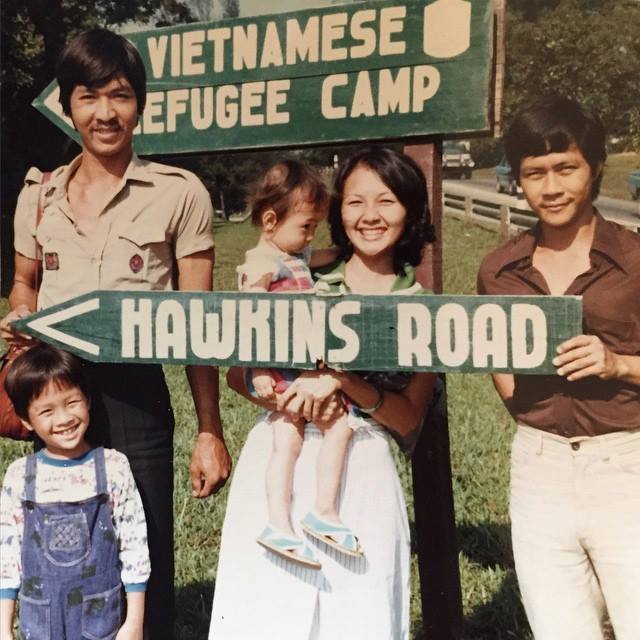In 1975, North Vietnam invaded the south and captured Saigon, reuniting the country under communist rule. It spelt the end of the Vietnam War, but it also caused hundreds of thousands of South Vietnamese fleeing their homeland as refugees; many of them ventured desperately southwards by sea to other Southeast Asian countries.
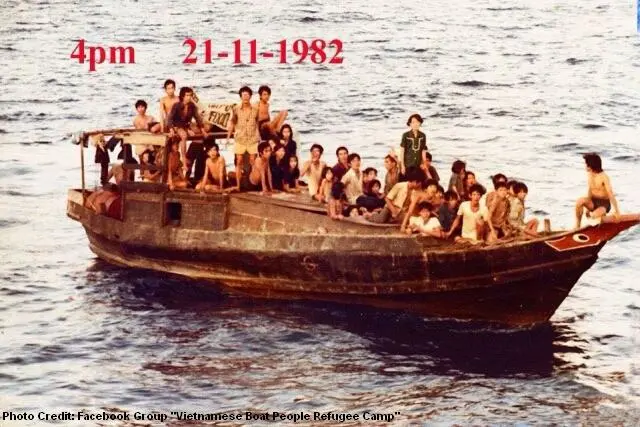
Being a small nation with limited space, Singapore had to restrict the inflow of the refugees. There were also fears that some of the hardline Vietnamese communists could disguise as refugees and entered Singapore illegally.
Hence, Singapore was the first country to stop the boat people from landing on its coastlines, instead providing the refugees with food, water and fuel before turning them away. The Singapore Armed Forces (SAF) cooperated with the Republic of Singapore Navy (RSN) in the Operation Thunderstorm to carry out the task.
Other Southeast Asian countries such as Thailand and Malaysia soon followed suit. Many refugee boats were refused entry and were dragged out into the open sea, leading to the capsizing of the boats. Thousands perished, consumed by the huge waves. The remaining were either starved to death or attacked by pirates.
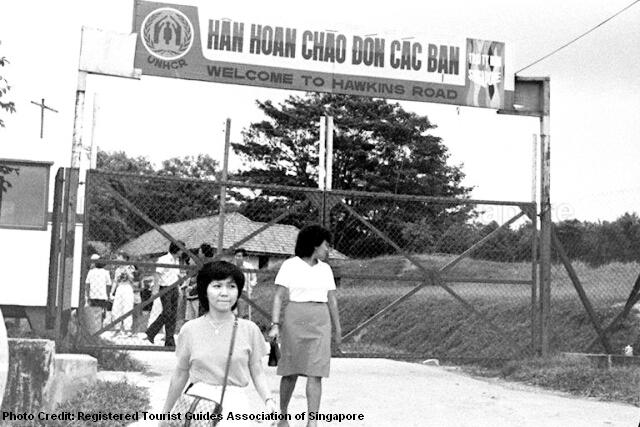
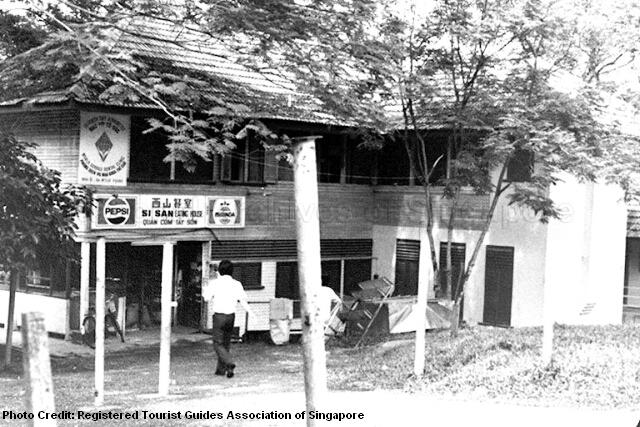
Between 1975 and 1979, nearly 5000 Vietnamese refugees landed in Singapore through commercial ships that had picked them up in the open seas. In 1978, using the site of a former British army barrack at Sembawang’s Hawkins Road, the United Nations High Commissioner for Refugees (UNHCR) established a Vietnamese Refugee Camp to accommodate the refugees.
The camp occupied a small area of only 0.055 km2 (5.5 hectare), but there was a dozen old houses in which the refugees could share and sleep in. The UNHCR also provided the refugees a daily allowance of $2.50 for purchase of food and other items. Many refugees had relatively short stays at the Hawkins Camp. The camp usually did not house more than 150 refugees as the refugees were quickly sent to other countries that accepted them. The population, however, did balloon to a thousand people in some cases.
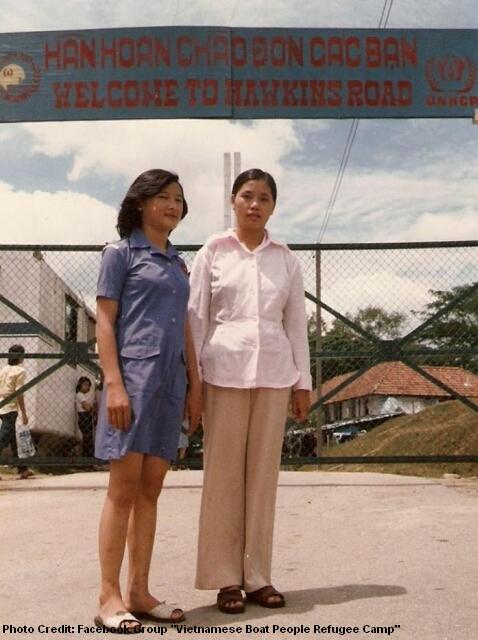
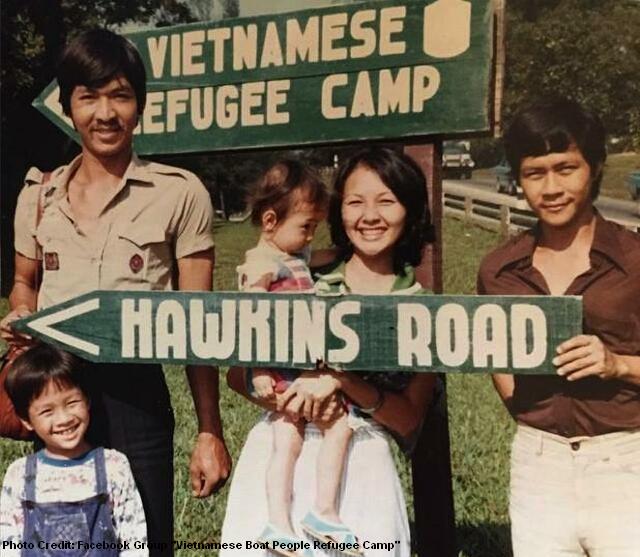
Hawkins Road Camp was considered one of the better and more humane refugee camps in the region, where horrific stories about the treatment of the Vietnamese refugees, such as tortures, rapes and murders, in camps of other Southeast Asian countries were not unheard of.
By the end of June 1996, the Hawkins Road Camp was officially closed after seeing its last batch of about 100 boat people, living here since 1990, voluntarily repatriated to a more politically-stable Vietnam. Between 1978 and 1996, a total of 32,457 Vietnamese refugees had stayed at the Hawkins Road Camp. Most of them had since move on to become citizens in Europe, Australia and the United States.
Published: 01 July 2011
Updated: 11 September 2016

